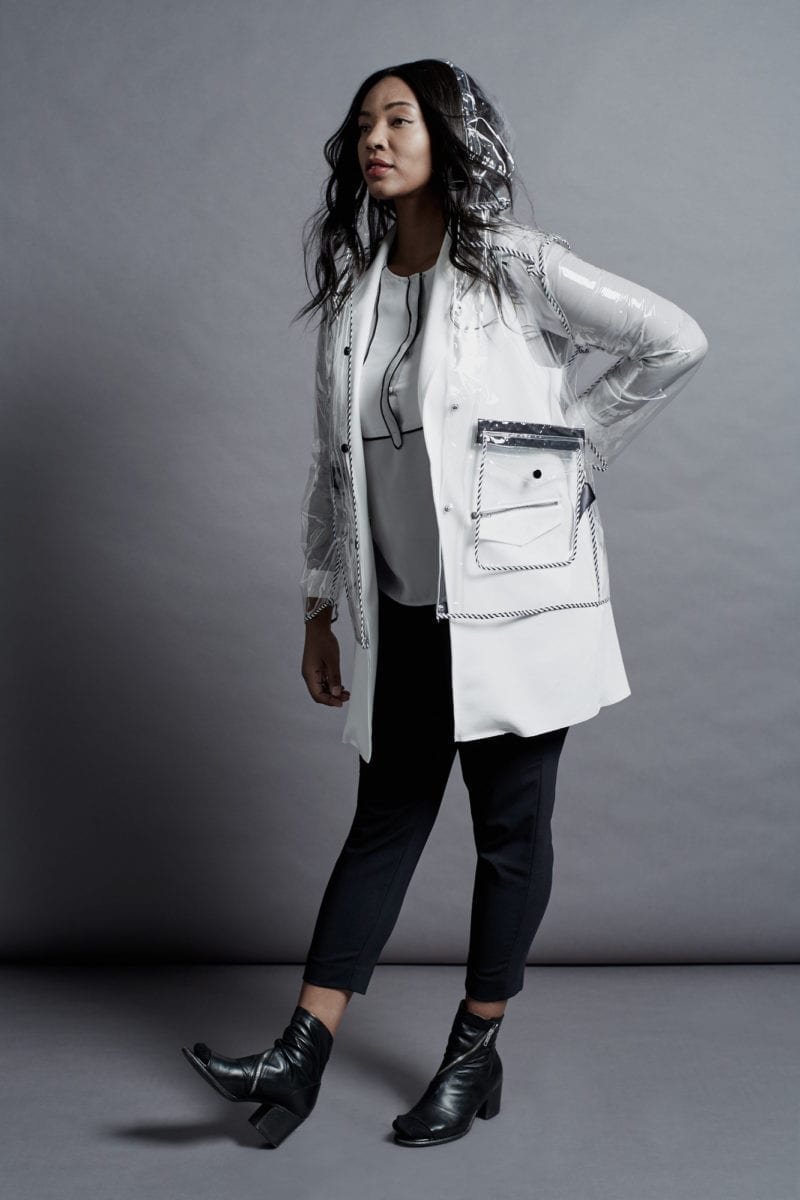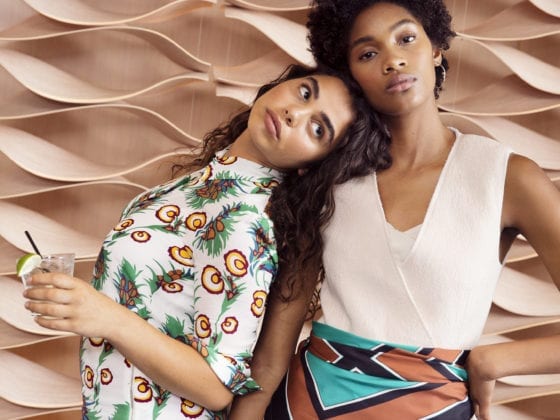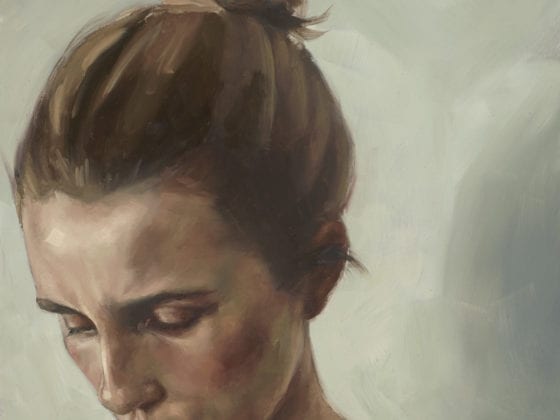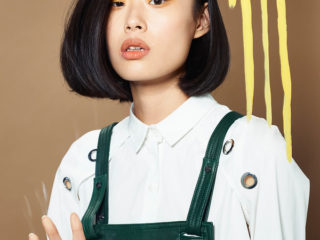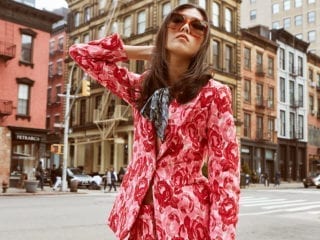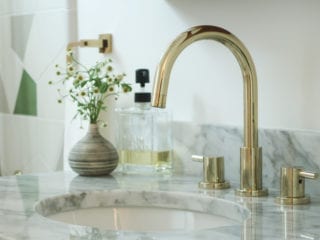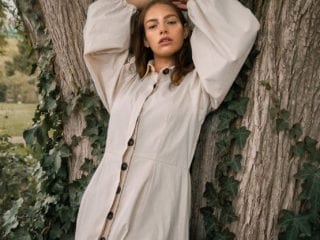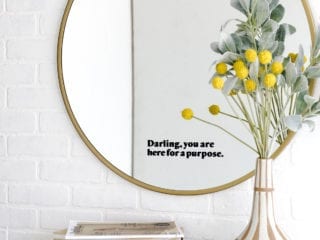The gym was low lit and filled with disco ball lights. Teachers stood regretfully around the walls, resting their heads back and arms crossed in agonizing boredom. It was my first sixth grade dance.
Why do I remember this night so vividly? Not because of the excitement and booming sounds of Usher but because of my outfit. It was (so I believed) phenomenal. I had spent hours mulling over what would make me feel unique enough in the mess of students yet cool enough to blend in—a pink and white-striped, tassel poncho with brown Uggs.
The image is plastered into my memory and still makes me cringe when I think of how proud I was. As much as my taste was flawed back then, the experience lay ground to a pretty common female experience. Whether you’re a high-powered CEO, nurse or stay-at-home mom, no one escapes the regrets of their younger fashion taste. It’s the unavoidable and necessary part of growing up and figuring out who you are.
No one escapes the regrets of their younger fashion taste.
Could my fashion have still matured without stepping into my middle school halls with ponchos, leg warmers, ribbon-lined jeans and all the other mistakes? I think so. A few fundamental rules could have saved me a lot of face back then and a lot of money. For those still figuring out their own style, here are a few style tips to help your adult wardrobe:
Comfort does not mean ugly.
I’m absolutely a creature of comfort, which means I’ve always struggled with balancing good style and feeling good. In high school, my uniform consisted of brown uggs, an oversized t-shirt and a black North Face. Every day. Why? Because I thought comfort only meant oversized, thick wooly material.
As irreplaceable as a girl’s favorite sweatpants are, comfort doesn’t have to be this limited. Dressing well means identifying staple pieces and styles that make you feel comfortable. For me, I need a high waist and loose top. For others, it might be stretchy pants or shoes that don’t have too high of a heel. Instead of opting for pajama-worthy clothing, invest in good pieces that have the qualities that make you feel like your best self.
Dressing well means identifying staple pieces and styles that make you feel comfortable.
Trends have to be chosen wisely.
Name brands last about a minute before they lose their shine. For too many years, every fashion decision I made was driven by a name brand or logo mark. It left me constantly cycling through my closet and draining what cash I had.
Avoiding trends all together is not the solution. Yet, there has to be a balance of knowing which trends to jump on the bandwagon for. Usually if trends spring up fast, they die fast too. Does it have the legs to last at least a season or two?
There has to be a balance of knowing which trends to jump on the bandwagon for.
Look for commonalities in your existing wardrobe. Do they fit the style you already have going? Does it have qualities you already seem to be attracted to? Don’t let the trends decide your style. Listen to your inner voice and you’ll find what best fits you.
High-low dressing is great for personal expression and your budget.
Quality thrifted or vintage pieces have always been an important part of how I style my outfits. For too long, I kept running into the same problem: My outfits made me look frumpy, not fun.
While each piece in my closet had great potential, I had no rule of balance. I wore them without considering their style as a whole. Yet, the moment I heard about “high-low dressing” from Hillary Kerr, Chief Content Officer of Who What Wear, it was like all the puzzle pieces fell into place.
High-low dressing is all about learning the art of balance. It’s pairing high-fashion, or high-quality clothing, with lower-end pieces. For example, an oversized men’s t-shirt can look chic when paired with a nice pair of fitted trousers and heels.
Not only did this express my personality, it was financially smart. Like any style article will tell you, spend your money on staples. When you invest in things you wear a lot—jeans, white button-ups, everyday boots—you can have more fun and flexibility with lower-quality options to match with them.
What style tips do you wish you knew when you were younger? What advice would you give to younger girls today on how to dress?
Image via Frank Terry, Darling Issue No. 13

